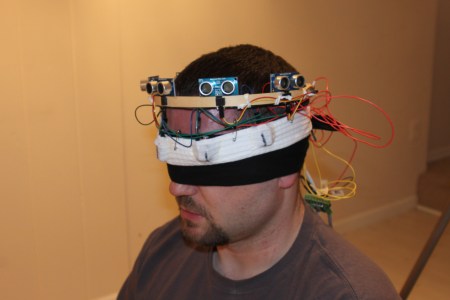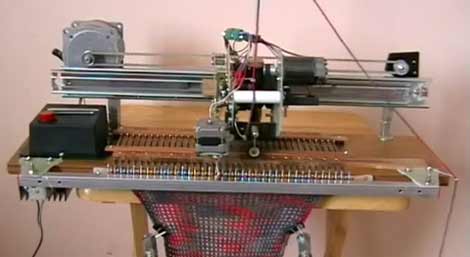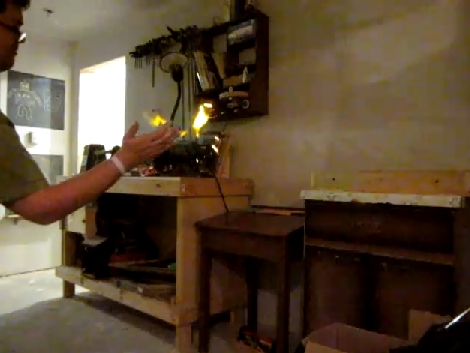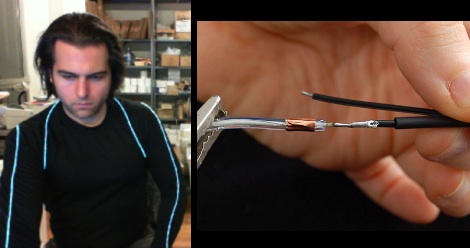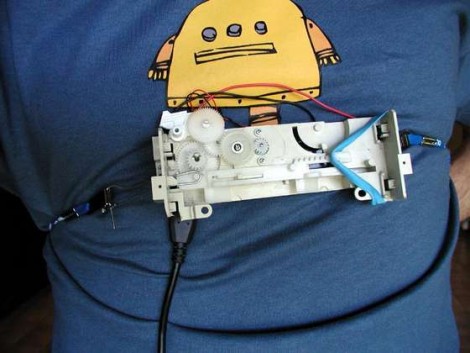
It’s been a while since there was any advances made in the field if celebratory high-five-ing. [Eli Skipp] just finished her contribution, moving the art forward by adding the sound of explosions to her high-fives. Ignore the audio sync problems in the video after the break to see her Arduino and Wave Shield based offering. It uses a flex sensor to detect a high-five and has a bit of software filtering to avoid misfires when moving your hand or setting it down on a flat surface. It may look a bit ridiculous right now because of the bulk, but we could see a sleeker, cheaper version hitting toy and novelty stores everywhere.
Less useful than a sign-language translating glove, but easier to code and some would say more fun too. Continue reading “Add Explosive Power To Your Hi-five”

